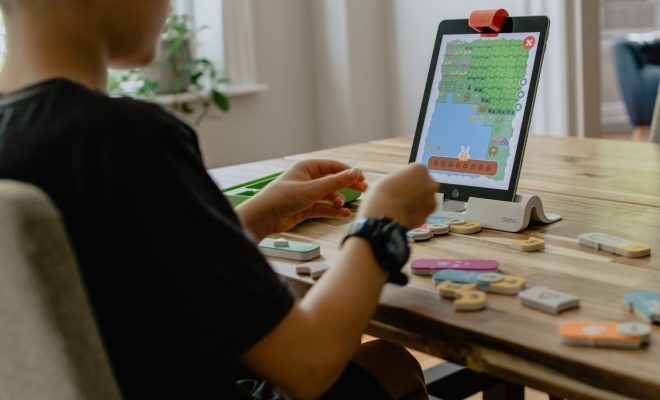How to Implement Play-Based Learning into Your Classroom

Description
Learners learn cognitive, social, and physical skills during play tasks. Tasks can be instructor-led with specific goals or unstructured learner-led play. This instructional strategy acknowledges that children tend to learn best through playing.
Advantages
- Engagement: Learners may be more engaged during active play-based learning compared to instructor-centered instruction.
- Cognition: Learners have the opportunity to learn through discovery and trial-and-error, helping to build neural pathways
- Social: Learners play together, cultivating communication, group work, and negotiation skills.
- Physical: Play engages fine and gross motor skills, helping learners improve physical abilities.
Disadvantages
- Many people, including many parents and some education administrators, may believe play has no educational benefit.
- Parents may frown upon this tactic for older learners, despite its advantages across age groups.
- Many people believe that the risks of injury during play-based learning are too high.
Implementation
- Use modeled instruction to show learners how to play with developmentally appropriate toys and puzzles. Use puzzles that require mathematical skills that connect with current learning outcomes.
- Provide learners with puzzles and allow free, unstructured playtime.
- Mingle with the learners, assisting them through prompting and guiding questions.
- End the learning activity with a group discussion of what students learned during the activity.





